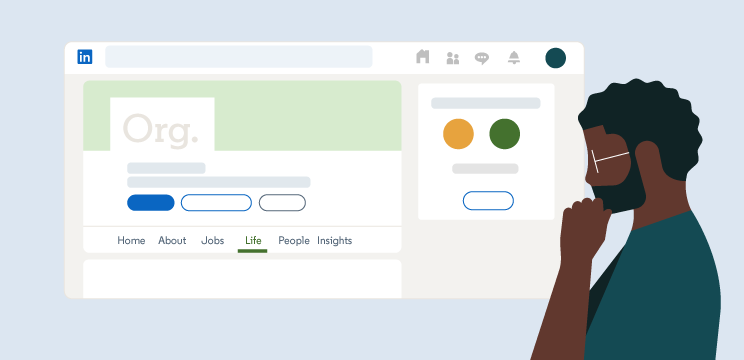
What Makes Nonprofit Branding Different and How to Excel At It
Nonprofit branding is different from any other form of brand building, with its own unique considerations, challenges, goals, and priorities. To make your nonprofit as memorable and compelling as possible in the eyes of your key audiences, it’s important to understand and account for these unique aspects.
Critically thinking through specific nonprofit branding priorities like the ones covered below can help you develop a deeper understanding of what makes your nonprofit special in the first place. The deeper this understanding grows, the more effective your nonprofit branding will become.
Nonprofit branding audience
Compared to other types of organizations, nonprofit brands typically need to appeal to a larger variety of separate but interrelated audiences. At a minimum, most nonprofits want their brand to appeal to current supporters, potential donors, corporations or other major donors, and prospective employees and volunteers.
To manage all this at once, it’s a good idea to start by differentiating your nonprofit’s brand from any similar organizations. What makes you distinct from other nonprofits or companies with similar goals or approaches? What should your audience understand about those differences and why they make your organization a great choice to support?
One way to develop a better understanding of these differences is to review your employer brand. Your employer brand is how your nonprofit is perceived by potential employees. Consider why your employees care about your organization. What makes the work meaningful? You might even consider interviewing some of your team members to gain their insights, because they may have a different perspective than leaders on what makes your nonprofit so impactful.
Strengthening your employer brand can also strengthen your overall nonprofit brand, and vice versa. People who check out your nonprofit’s open roles and are impressed by what they see may become donors, even if they don’t apply, while existing supporters may decide they want to work at your organization. LinkedIn Career Pages can help you elevate your employer brand by sharing your organization’s story with potential candidates, showcasing your culture, and customizing what different audiences see first to ensure they get the most relevant information right away.

Nonprofit branding mission statement and values
A mission statement and list of values are important for any organization, but for nonprofits, they’re absolutely essential. Your mission statement tells your audience what you’re doing, and your value statements tell them why.
Together, these two facets of your brand provide the most important information you need to communicate to your audience: why they should care about and support what your nonprofit is doing. The more specific and concrete you can make the reasoning behind your mission and value statements, the clearer you’ll be able to communicate these points.
Tie your mission statement and values into your nonprofit brand whenever possible. Use your entire online presence — from your logo to your LinkedIn banner image and headline to the content you post — to demonstrate how everything you do relates back to your mission.
For example, when you share news and updates, try focusing on the “how” and the “why.” Why did your organization take a specific action and how did it help your cause? The more frequently you allude to your mission statement and values in your content and messaging, the more your audience will understand what you’re doing, why, and, most importantly, why they should help.
Nonprofit branding content and storytelling
Nonprofit brands are often most memorable when they tell a compelling story. Your nonprofit’s story is how you came to be where you are, doing what you’re doing. Who founded your nonprofit, and why? Why did they care so much about your mission? What makes your employees so motivated to do their work? What have you done to further your mission so far, and what’s next?
Tying your ongoing content output back to your nonprofit’s story is a great way to solidify your brand and cement those connections to the mission statement. Try strategically planning your content around not only what you want to say in the moment, but also what you need to say next to advance your brand story overall.
For example, you could speak about how your nonprofit is furthering its mission in every newsletter you put out and create regular online content updating your followers about what’s going on and why. You could even try making timely content commenting on current events that affect your story and explaining how your nonprofit is reacting.
By using your nonprofit’s online presence and content to tell an ongoing, cohesive story, you won’t just make your brand more memorable and compelling to your audience — you’ll also give them an opportunity to become a part of that story by supporting you. The more compelling and inspirational your brand’s story, and the better it connects to the shared values of your brand community, the more your audience will want to join you in writing the next chapter.
For many more tips on how to brand your nonprofit effectively, subscribe to the LinkedIn for Nonprofits blog today.

